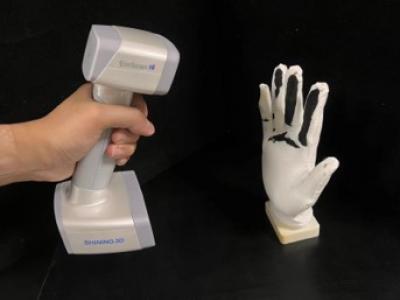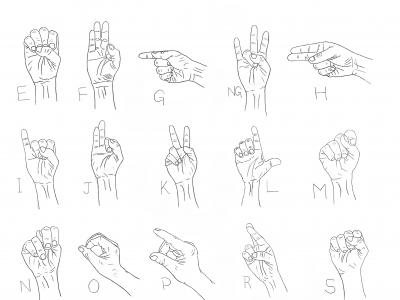Artificial Intelligence

This paper presents a comparative study of sampling methods within the FedHome framework, designed for personalized in-home health monitoring. FedHome leverages federated learning (FL) and generative convolutional autoencoders (GCAE) to train models on decentralized edge devices while prioritizing data privacy. A notable challenge in this domain is the class imbalance in health data, where critical events such as falls are underrepresented, adversely affecting model performance.
- Categories:
 196 Views
196 Views
Wild-SHARD presents a novel Human Activity Recognition (HAR) dataset collected in an uncontrolled, real-world (wild) environment to address the limitations of existing datasets, which often need more non-simulated data. Our dataset comprises a time series of Activities of Daily Living (ADLs) captured using multiple smartphone models such as Samsung Galaxy F62, Samsung Galaxy A30s, Poco X2, One Plus 9 Pro and many more. These devices enhance data variability and robustness with their varied sensor manufacturers.
- Categories:
 767 Views
767 ViewsHand contact data, reflecting the intricate behaviours of human hands during object operation, exhibits significant potential for analysing hand operation patterns to guide the design of hand-related sensors and robots, and predicting object properties. However, these potential applications are hindered by the constraints of low resolution and incomplete capture of the hand contact data.
- Categories:
 255 Views
255 Views
IRIC method's data and code are available at this URL.
These data links contain publicly available datasets that can be downloaded directly from their website. Our research on IRIC has validated the performance of the model through these publicly available datasets. Please continue to pay attention.
These data mainly include Emergency Event Data (ALARM) and Education Dataset (Junyi), which can be used for research in causal structure learning, knowledge tracking, and other areas.
- Categories:
 68 Views
68 ViewsThis is the collection of the Ecuadorian Traffic Officer Detection Dataset. This can be used mainly on Traffic Officer detection projects using YOLO. Dataset is in YOLO format. There are 1862 total images in this dataset fully annotated using Roboflow Labeling tool. Dataset is split as follow, 1734 images for training, 81 images for validation and 47 images for testing. Dataset is annotated only as one class-Traffic Officer (EMOV). The dataset produced a Mean Average Precision(mAP) of 96.4 % using YOLOv3m, 99.0 % using YOLOv5x and 98.10 % using YOLOv8x.
- Categories:
 385 Views
385 Views
This dataset is shared for capacitor C and ESR estimation using convolution neural network. The dataset is collected in a experimental modular moultilevel converter, which includes the capacitor voltage at low and medium frequency band, and the arm current. Wavelet transform is used to transfer the time series data to images, which present the inherent data features to image patterns. In a degraded capacitor, the C decreases and the ESR increases, which result in different image patterns.
- Categories:
 339 Views
339 Views
Our dataset comes from the paper called "XBlock-ETH: Extracting and exploring blockchain data from Ethereum", the datasets are the on-chain data obtained by running all nodes of Ethereum. For the purpose of the experiment, we only selected block transactions from 0-2,000,000 blocks. These datasets are sufficient to support the experiments. You can get more details and analysis from the paper called "XBlock-ETH: Extracting and Exploring Blockchain Data from Ethereum". The citation of the paper as follows: P. Zheng, Z. Zheng, J. Wu, and H.-N.
- Categories:
 277 Views
277 ViewsIn today’s world, deaf and mute person face many problems in their daily life due to miscommunication as well as misunderstanding. These problems have existed since long ago but are ultimately being solved with the introduction of Hand sign language. There exist many different sign languages such as ASL, ISL, etc. But for regional and low-resource languages like Mizo, the state language of Mizoram, spoken by the northeastern people in India, not much research has been done on the advancement of sign language based on the Mizo language.
- Categories:
 403 Views
403 ViewsIn today’s world, deaf and mute person face many problems in their daily life due to miscommunication as well as misunderstanding. These problems have existed since long ago but are ultimately being solved with the introduction of Hand sign language. There exist many different sign languages such as ASL, ISL, etc. But for regional and low-resource languages like Mizo, the state language of Mizoram, spoken by the northeastern people in India, not much research has been done on the advancement of sign language based on the Mizo language.
- Categories:
 182 Views
182 ViewsThis large dataset includes six small datasets, including two types, one contains the original node relationship information and node feature information, please use it through the common network construction methods; the other is the dataset which has been processed, including the direct edge information and node's association information, which can be used to construct the network directly through the network construction methods.
Translated with www.DeepL.com/Translator (free version)
- Categories:
 175 Views
175 Views
